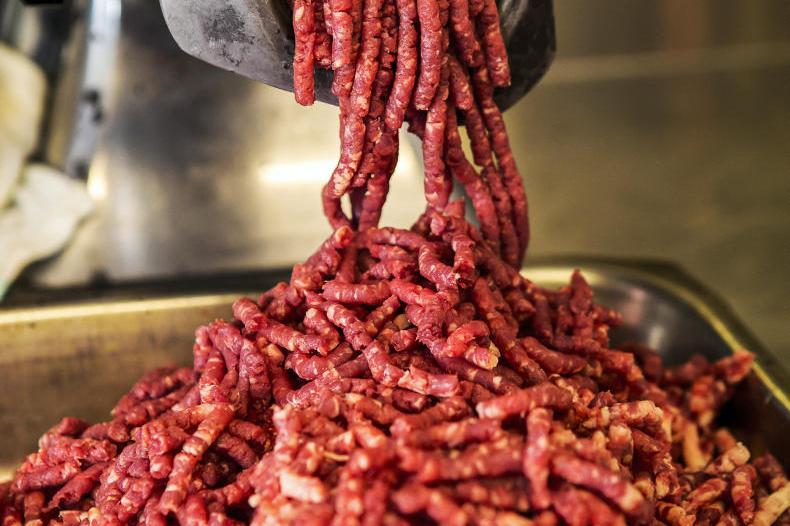When the farm organisations, the meat industry and state bodies assemble today for the first meeting of the taskforce, farmers will be watching to see what, if anything, has changed in the industry.
What the events of the summer demonstrated was that the very successful Irish beef industry couldn’t function without supplies.
It is an altogether more difficult proposition to build something that makes the farmer part of the business more viable and create the confidence across the supply chain that prices paid to farmers are fair.
Factories move
Factories can make a major move in this respect if they choose to do so. Unlike the dairy industry, Irish beef and sheepmeat processing is virtually all privately owned.
Private companies are not legally obliged to reveal anything about their business that they choose not to.
However, with beef prices on the floor for several months now and farmer perception that the factories are making huge profits, it would make sense for factories to show their hand in terms of profitability.
It would be a powerful statement of intent if the meat processing industry was to get ahead of legislation and reveal its sales and margins.
If they were to do so, it may not deliver an extra cent on farmgate price.
Recently two companies, Slaney - closely linked to and half-owned by ABP - and Foyle, have published their accounts, as they have always done.
What is interesting is that the net margin for both companies is between 1% and 2%, which, reflecting their throughput, suggests when everything is accounted for. What is left is somewhere between €10 and €15 per head.
Of course, there are many good salaries paid along the way, but the point is that it has been a difficult year across the beef sector and based on these company's figures, there's not a huge pot of money that can be redistributed to farmer suppliers.
No downside to transparency
No private company or individuals, including farmers, particularly like being told that they have to reveal the inner workings of their business. However, farmers have had to get used to their CAP payments being revealed and, similarly, a way could be found to reveal the state of play on the processing side of the industry without necessarily revealing what customer paid the top price for meat cuts.
If the processing industry chose this path, it would give the taskforce a quick win and make a big step towards building confidence with farmers.
It wouldn’t necessarily solve the beef price problem, but it could create the space and confidence for the taskforce to work on how to maximise the value of Irish beef and develop a support structure that makes the production of raw material for a successful indigenous Irish industry, viable for the farmers that do it.






 This is a subscriber-only article
This is a subscriber-only article










SHARING OPTIONS: